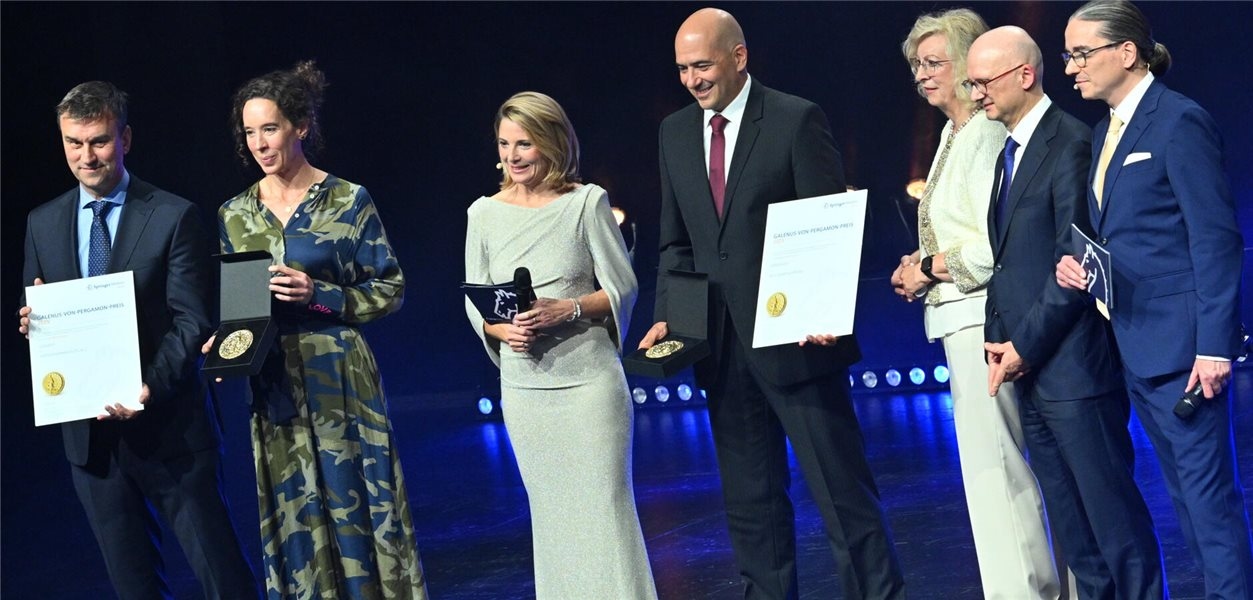What makes modern strength training really effective

Expert David Aguayo explains how precise training control promotes muscular adaptation and can specifically increase muscle strength.
Muscle strength forms the basis of all physical activity. In adult skeletal muscle, force is generated by the contraction of specialized muscle cells, called muscle fibers. These fibers differ in certain properties, as well as in their diameter and length.
Skeletal muscle fibers have the remarkable ability to adapt to different physiological conditions, especially changes in functional load.
Such muscular adaptations can manifest themselves in a lengthening or shortening of the fibers, an increase or decrease in fiber diameter , and a change in the expression of gene modules that determine the fiber type.
The extent and nature of these adaptations depend largely on the specific molecular and cellular response to training, which in turn is influenced by the type and intensity of the stimulus applied .
In order to understand the relationship between stimulus, adaptation and functional effect, it is essential to accurately record the training stimulus both qualitatively and quantitatively.
In traditional strength training, the training stimulus is usually described by the level of training resistance, the number of repetitions and sets, the rest periods between sets, the training frequency per week, and the total duration of the training intervention. However, this conventional description falls short.
A complete understanding of the training effect requires a more detailed recording and control of other influencing variables such as movement speed, repetition rate, duration of tension under load and the subjective perception of exertion.
Only through precise characterization and individualization of the training stimulus can adaptation processes in the muscles be optimally triggered and long-term effects such as strength gain, muscle maintenance and functional improvements be specifically achieved.
As a movement scientist and sports physiologist, I emphasize the fundamental importance of precise detection and control of the training stimulus for the optimization of muscular adaptation processes.
Muscle strength is not only the basis of every movement, but also a key indicator of functional health throughout life.
What is crucial is a differentiated training design that also systematically takes into account movement dynamics, duration of tension and subjective perception of stress.
Only through such comprehensive training control can individually appropriate adaptation processes be initiated and sustainably secured.
Prof. Dr. David Aguayo, Head of Research at Kieser Zurich, has been researching the effects of muscle training for years, combining science with practice, and developing evidence-based training and therapy. He is part of our EXPERTS Circle . The content represents his personal perspective based on his individual expertise.
FOCUS





